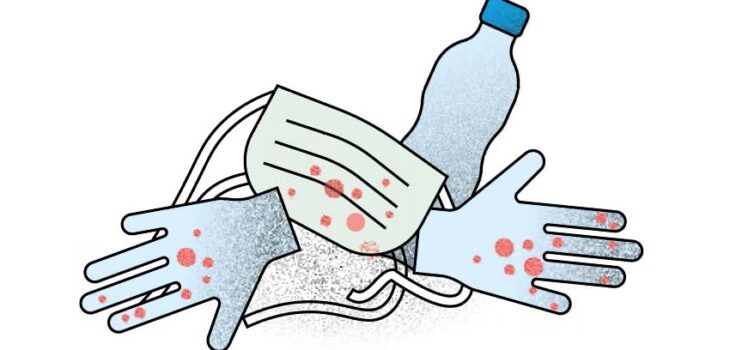
Intro to COVID-19 waste management
For more information visit unep.org or contact Kevin Helps (Head, GEF Unit, Chemicals and Health Branch, UNEP) [email protected]
“Our response is to support Member States in addressing immediate challenges from the medical emergency, such as strengthening waste management systems.”
Inger Andersen, UNEP Director
The problem

In response to COVID-19, hospitals, healthcare facilities and individuals are producing more waste than usual, including masks, gloves, gowns and other protective equipment that could beinfected with the virus. There is also a large increase in the amount of single use plastics being produced.
When not managed soundly, infected medical waste could be subject to uncontrolled dumping, leading to public health risks, and to open burning or uncontrolled incineration, leading to the release of toxins in the environment and to secondary transmission of diseases to humans. Other wastes can reach water sources and add to riverine and marine pollution.
These practices do not respect WHO guidelines on treatment of infectious and sharp waste from health care facilities, nor the requirements of the Basel, Rotterdam and Stockholm Conventions protecting human health and the environment from hazardous chemicals and wastes!
The challenge
Wherever possible, countries should control COVID-19 waste through maximizing the use of available waste management solutions and, at the same time, look to avoid any potential long-term impacts on the environment. To do so, they need to:
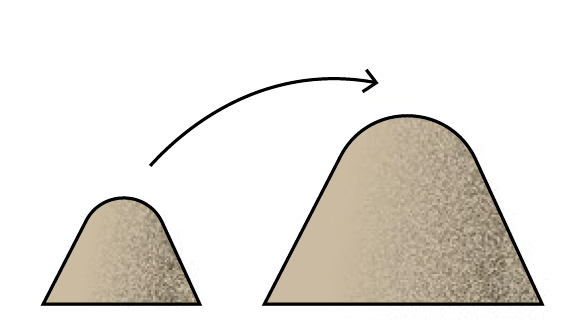
(1) Manage increased waste production by maximizing the use of existing facilities;
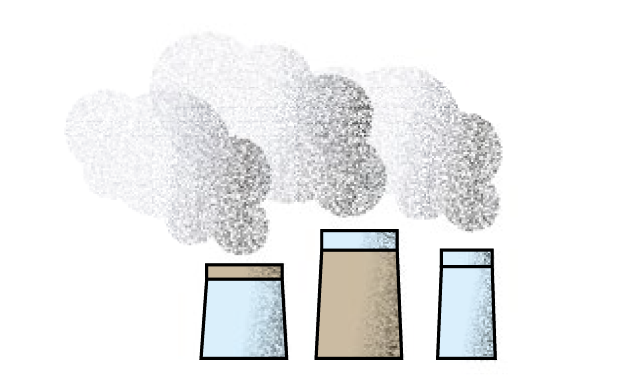
(2) Ensure the operations follow the emissions requirements and so avoid secondary health impacts;

(3) In the absence of appropriate technology, consider adopting the 3S methodology and installation of temporary/stop gap solutions.
UNEP’s response
UNEP is working in collaboration with Governments, WHO, UNDP, the GEF and NGOs to mitigate the adverse impacts on global environment from the increase of waste produced in response to the crisis, through controlling releases of harmful chemicals in the atmosphere, land and water.
Short term response
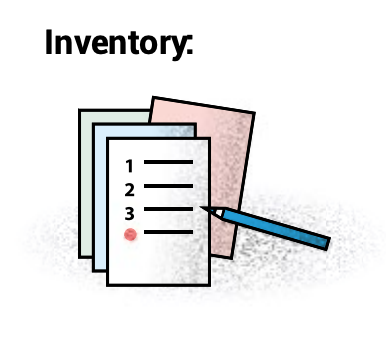
Governments produce an assessment of their national waste management capacity to optimize their utilization and adopt stop-gap solutions during COVID-19. The ction will prevent both the spread of contamination and the increase in litter reaching the marine environment.
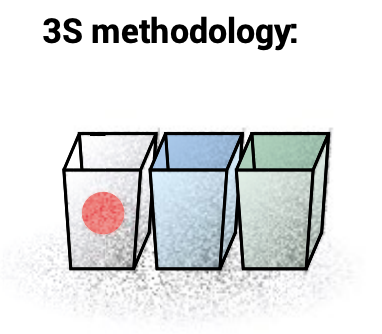
Sorting, Segregation, and Storage. COVID-19 waste is separated from general medical waste volumes at point of generation. Waste is then stored to assess waste volumes and allow the development of an appropriate response/stop-gap solution.
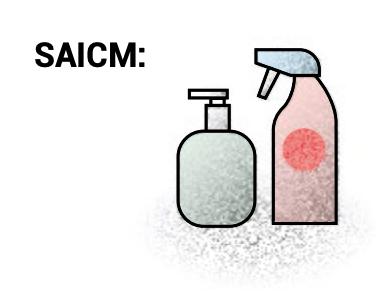
UNEP will work with countries to study the impacts of disinfectant and cleaning solutions used to control COVID-19 spread on the wider environment, with linkage to the SAICM emerging policy issues.
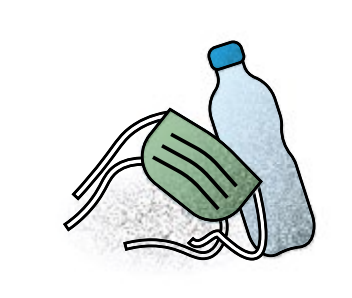
“If households and businesses massively stop with separating recyclables, the overall waste system will be saddled with between 30 and 50% more materials and will risk a system failure.” (ISWA, 2020)
Long term response
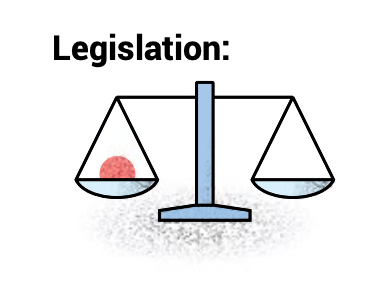
Guidance on policy and legislation will help countries to have a stable legal and institutional basis to better respond to a future waste management emergency and to clarify measures to be taken

The pandemic will increase the production and consumption of personal and medical equipment, often single-use and containing resources like plastics, cotton, metals and electronics components. UNEP will help countries to maximize the circularity of the medical sector and to better manage single use products.
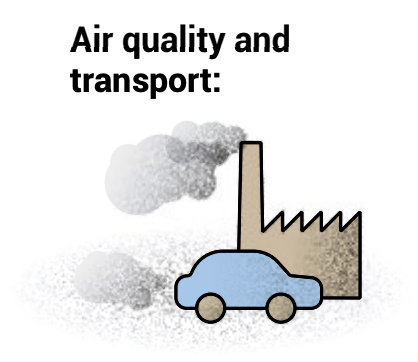
Air quality has an impact on human and environmental health. Countries in a post COVID-19 recovery phase could manage the levels of air pollution not only with waste management solutions and emission control, but also with options for electric mobility and transport.
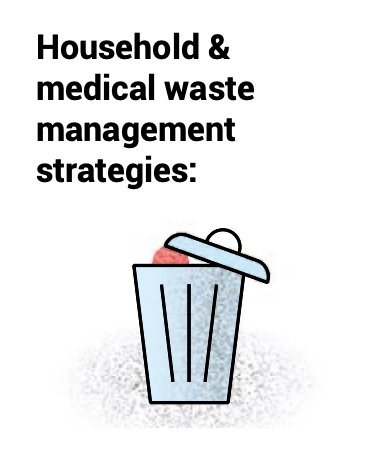
COVID-19 will increase the consumption of personal care and single-use products, especially in countries with overwhelmed or few healthcare facilities. Countries will require more robust systems for waste segregation, collection and management, and individuals will need guidance on how to safely dispose of the used medical equipment.

Sustainability Assessment of Technologies (SAT) methodology will help decision makers to choose the Best Available Technology (BAT) for source segregation and primary disposal, and for destruction of waste or recovery of materials. This way, Best Environmental Practices (BEP) can be used and shared at the national level. Future impacts from similar challenges can be managed in a more environmentally sound manner, in line with the Stockholm Convention.
Areas of study – future evidence
Infrastructure and Capacity – Build Back Better:
Due to low investment in core infrastructure, developing countries don’t have access to modem technology to treat mixed contaminated medical waste. COVID-19 should be a warning that more basic infrastructure and capacity, in line with the requirements of the relevant Multilateral Environmental Agreements, is urgently needed.
Fragile states and disasters/conflict scenarios:
Here, stop-gap solutions, such as locally manufactured incinerators, paired with the 3S methodology may be considered to meet short-term needs to treat COVID-19 waste and prevent onward transmission. To ensure the solutions are not used for inappropriate purposes and don’t have an impact on the environment, they should be temporary and immediately decommissioned once the COVID-19 emergency is suppressed.
All articles and photos from UNEP
2 COMMENTS
Thanks for your helpful post. As time passes, I have come to understand that the particular symptoms of mesothelioma are caused by the actual build up of fluid regarding the lining of the lung and the chest cavity. The ailment may start while in the chest area and multiply to other areas of the body. Other symptoms of pleural mesothelioma include weight reduction, severe inhaling and exhaling trouble, vomiting, difficulty eating, and bloating of the face and neck areas. It needs to be noted that some people existing with the disease usually do not experience virtually any serious indications at all.
Thank you for your comment and for continuing to read our post. We apoligize for not being able to reply your message in time.
Comments are closed.